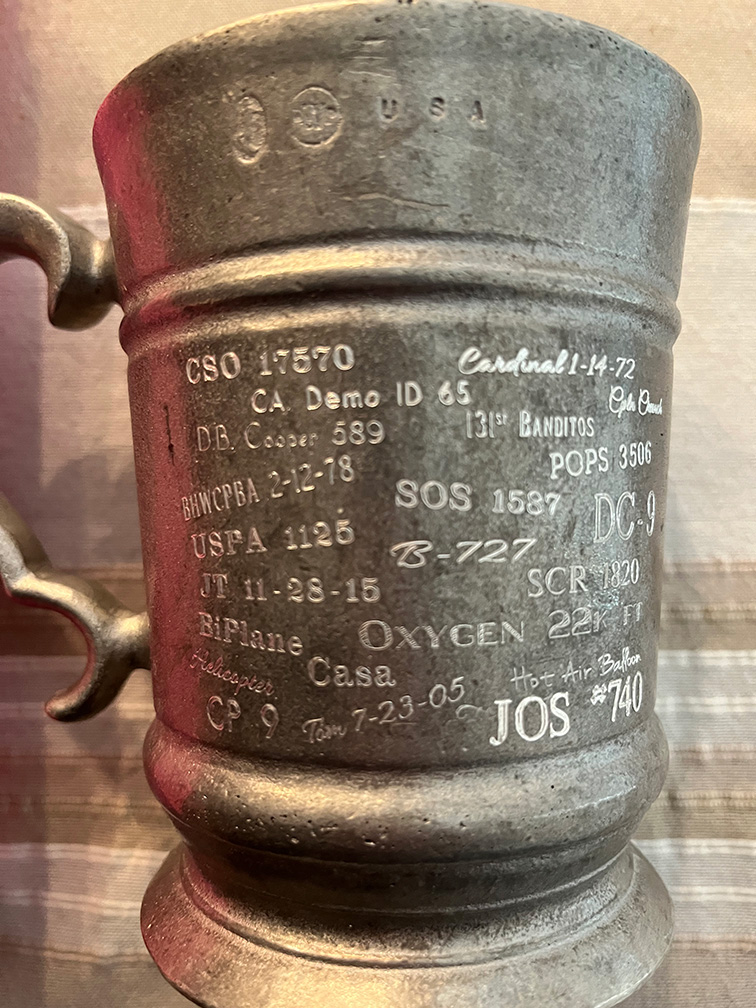Over my 50-plus years as a USPA member, I have had great experiences creating great memories. I started jumping in Calistoga, California, and was fortunate to have my father join when I completed my first hop-and-pop to get signed off for freefall.
For $150, I was ready to go, totally outfitted with used military equipment—complete with a front “belly wart” reserve, two-shot capewells and an army jumpsuit. I might have looked like a 1942 recruiting poster or a scene right from D-Day. When I left for college, my gear took up more space than the rest of my clothing combined, but was naturally more important.
Over my first five years in the sport, I accumulated 211 jumps on a 28-foot Double-T military parachute and became pretty good at PLFs, which were softened by my new $50 French Paraboots. We always started those old jump days by throwing out a streamer so we could check the upper winds and drifts, and God knows we got good at spotting, as well as flying a canopy while it was “backing up,” which it did in any winds over about 5 miles per hour.
The big purchase in my life at that point (besides owning a car) was buying a Para-Commander canopy, which was key for doing some tight exhibition jumps in high winds up in Northern California.
Starting in the sport during those pioneering days really gave me a chance to appreciate all the new advances in technology, whether it be the square canopy, custom “piggy-back” container, real jumpsuit or AAD. In an effort to savor all my wonderful memories, I always carry my log book to aviation functions, which gives me the chance to collect autographs from those with similar experiences. I also have my key awards engraved on my beer mug (pictured), which makes any beverage taste better.
I’m still on the Board of Directors for the first club listed in Parachutist, the California Parachute Club, though today it is more of a social organization. This sport, as well as USPA, not only changed my life, but became my life.
Terrence McGrath | D-3581
Pleasanton, California